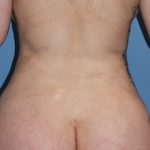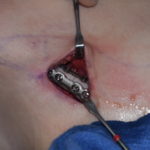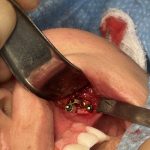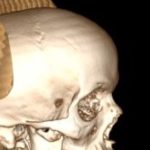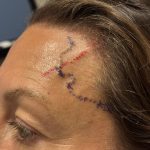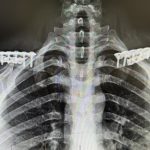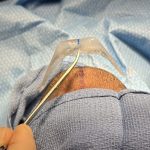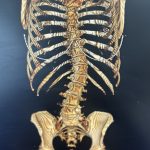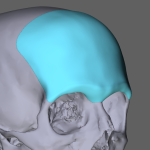Cheek Augmentation in Men: Custom Implants for a High Cheekbone Look
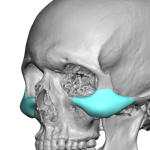
Cheek augmentation in men is typically performed using the same off-the-shelf implants designed for women. However, it doesn’t take much thought to recognize the gender differences in ideal cheek aesthetics. The male cheekbone has distinct structural characteristics compared to the female: it is generally higher and more angular, whereas the female cheek is rounder and Read More…

